US identifies US$50b in Chinese imports facing tariffs
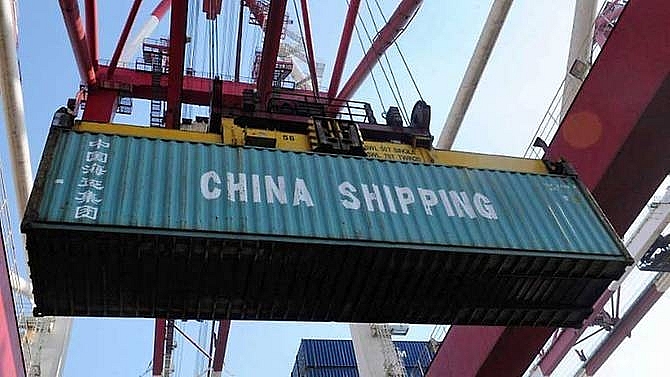 |
| File photo of a container being lifted by a crane at the port in Qingdao, in China's Shandong province. (AFP PHOTO) |
The list - which includes electronics, aircraft parts, medicine, machinery and other goods - has yet to be finalised and is intended as a response to China's alleged theft of American companies' intellectual property and technology.
The move comes a day after Beijing imposed duties on about US$3 billion in US exports, a countermeasure widely seen as a warning that Chinese officials will not hesitate to retaliate quickly.
"The proposed list of products is based on extensive inter-agency economic analysis and would target products that benefit from China's industrial plans while minimising the impact on the US economy," the office of US Trade Representative Robert Lighthizer said in a statement.
The proposed list identifies roughly 1,300 goods but remains subject to a 30-day public review process before it can take effect.
China slammed the "unilateralistic and protectionist" move.
"Such unilateralistic and protectionist action has gravely violated fundamental principles and values of the WTO," a Chinese Embassy statement read, referring to the World Trade Organization.
"It serves neither China's interest, nor US interest, even less the interest of the global economy ... The Chinese side will resort to the WTO dispute settlement mechanism and take corresponding measures of equal scale and strength against US products in accordance with Chinese law."
China's Ministry of Commerce said it "will soon take measure of equal intensity and scale against US goods."
"We have the confidence and ability to respond to any protectionist measures by the United States," the ministry said in a statement quoted by the official Xinhua news agency.
The ministry did not reveal any specific countermeasures, but economists widely view imports of US soybeans, aircraft and machinery as prime targets for trade retaliation.
Over the last month, Trump has rattled markets and disregarded warnings from industry groups and members of his own Republican party in announcing punishing new tariffs on exports from major trading partners.
The move toward trade sanctions on China, however, had received mixed reviews, with some support among lawmakers and industry bodies.
The US-China Business Council said it agreed US companies suffer forced technology transfer in China - but warned against tariffs.
"The American business community wants to see solutions to these problems, not just sanctions," John Frisbie, the council's president, said in a statement.
ARE BOEING, SOYBEANS NEXT?
"China needs to substantially improve market access and competitive conditions for American companies selling to and investing in China in certain sectors, but unilateral tariffs may do more harm than good and do little to address the problems in China's IP and tech transfer policies."
Monica de Bolle, senior fellow at the Peterson Institute for International Economics, said Beijing was likely to retaliate again by targeting US exports of soybeans and Boeing aircraft - two politically sensitive sectors highly dependent on the Chinese market.
"However, they can wait this out and see what comes out of the 30-day consultation period," she told AFP.
General trade tensions had calmed in recent days, with investors taking a degree of solace in news that Washington had begun talks to resolve differences with the European Union and China.
But in a series of irate tweets this week, Trump has renewed threats to scrap the North American Free Trade Agreement - another trade bugbear the president has denounced as a killer of US jobs.
Canadian, Mexican and US officials are currently in fraught negotiations to overhaul the 24-year-old agreement and analysts saying the odds are slim that a deal can be reached ahead of elections in Mexico and the United States.
In a client briefing sent before the release of the list, Mickey Levy, chief US economist for Berenberg, said Trump's trade policy was shifting from "chaotic" to focused and might result in some successes.
"The most likely outcome of broader negotiations may even be a reduction in select trade and investment barriers that result in positives for international trade," Levy said.
But because Trump has focused on bilateral trade and specific industries, rather than overarching multi-lateral agreements, any positive outcome was "likely to be limited," he said.
What the stars mean:
★ Poor ★ ★ Promising ★★★ Good ★★★★ Very good ★★★★★ Exceptional
Related Contents
Latest News
More News
- Thailand seeks to promote digital training (November 04, 2024 | 16:14)
- Indonesia attracts foreign investment in technology sector (November 04, 2024 | 16:08)
- Tropical storm Trami leaves at least 24 people dead in Philippines (October 24, 2024 | 17:36)
- Singapore grants conditional approval for solar power import from Australia (October 24, 2024 | 17:27)
- ASEAN digital economy set to reach $2 trillion by 2030 (October 22, 2024 | 15:08)
- Thailand asks Laos to waive visa fee at border checkpoints to boost tourism (October 21, 2024 | 17:23)
- Laos pledges to continue efforts to empower girls (October 21, 2024 | 17:17)
- Chinese electric vehicle maker to build plant in Indonesia (October 21, 2024 | 17:12)
- Vietnam Elevator Association introduces Elevator Safety Application to the world (October 18, 2024 | 09:00)
- A taste of the future - the go-to spot at the Worldchefs Congress & Expo 2024 (October 15, 2024 | 16:11)




 Tag:
Tag: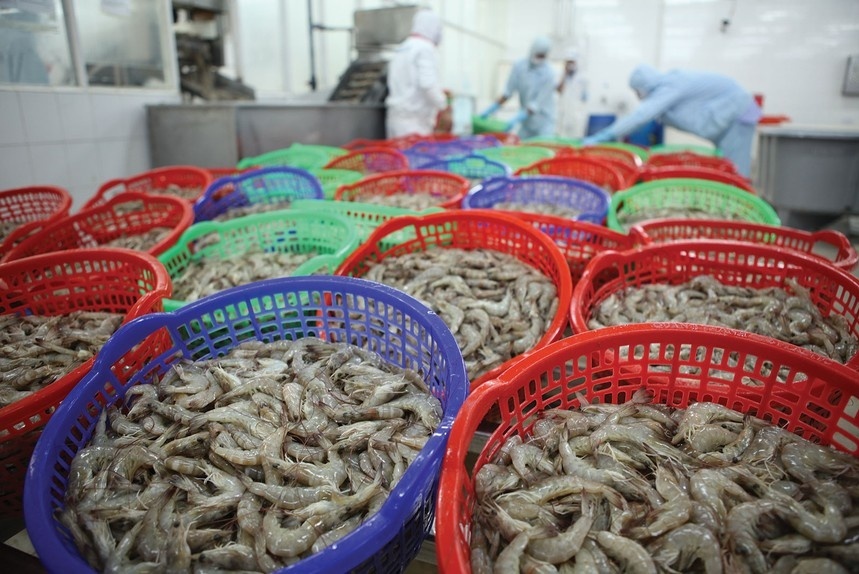
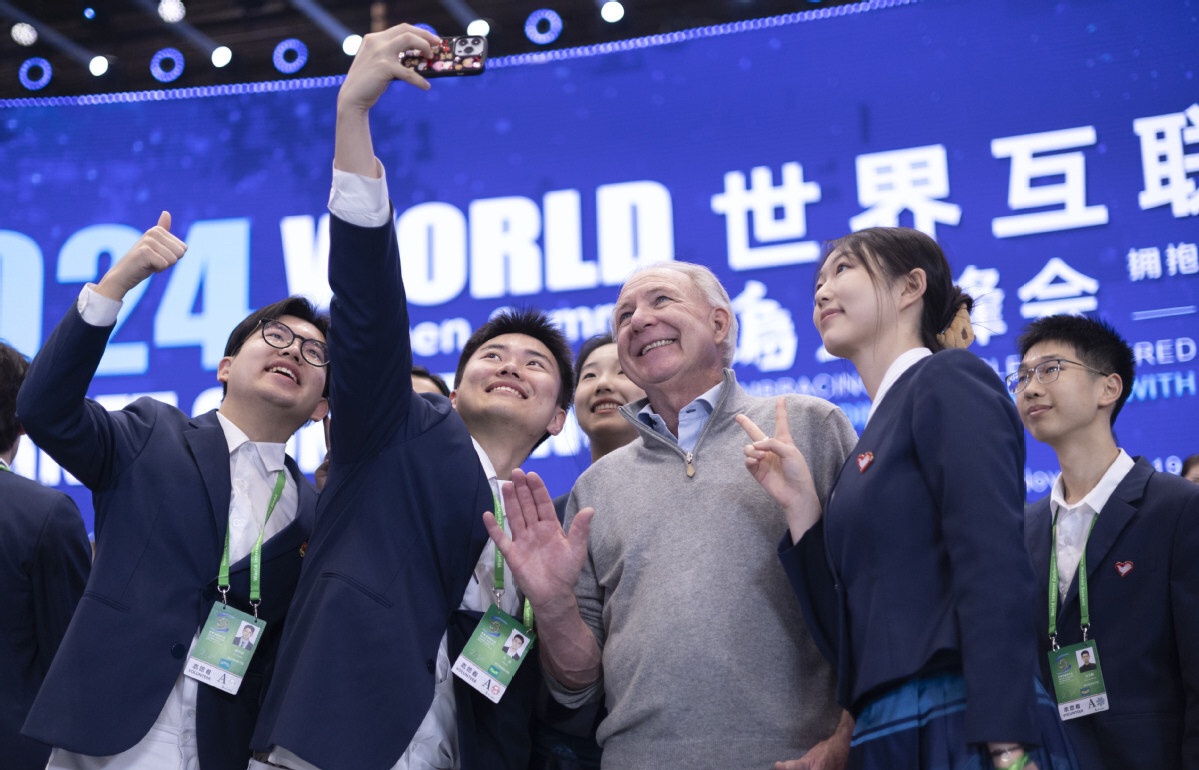
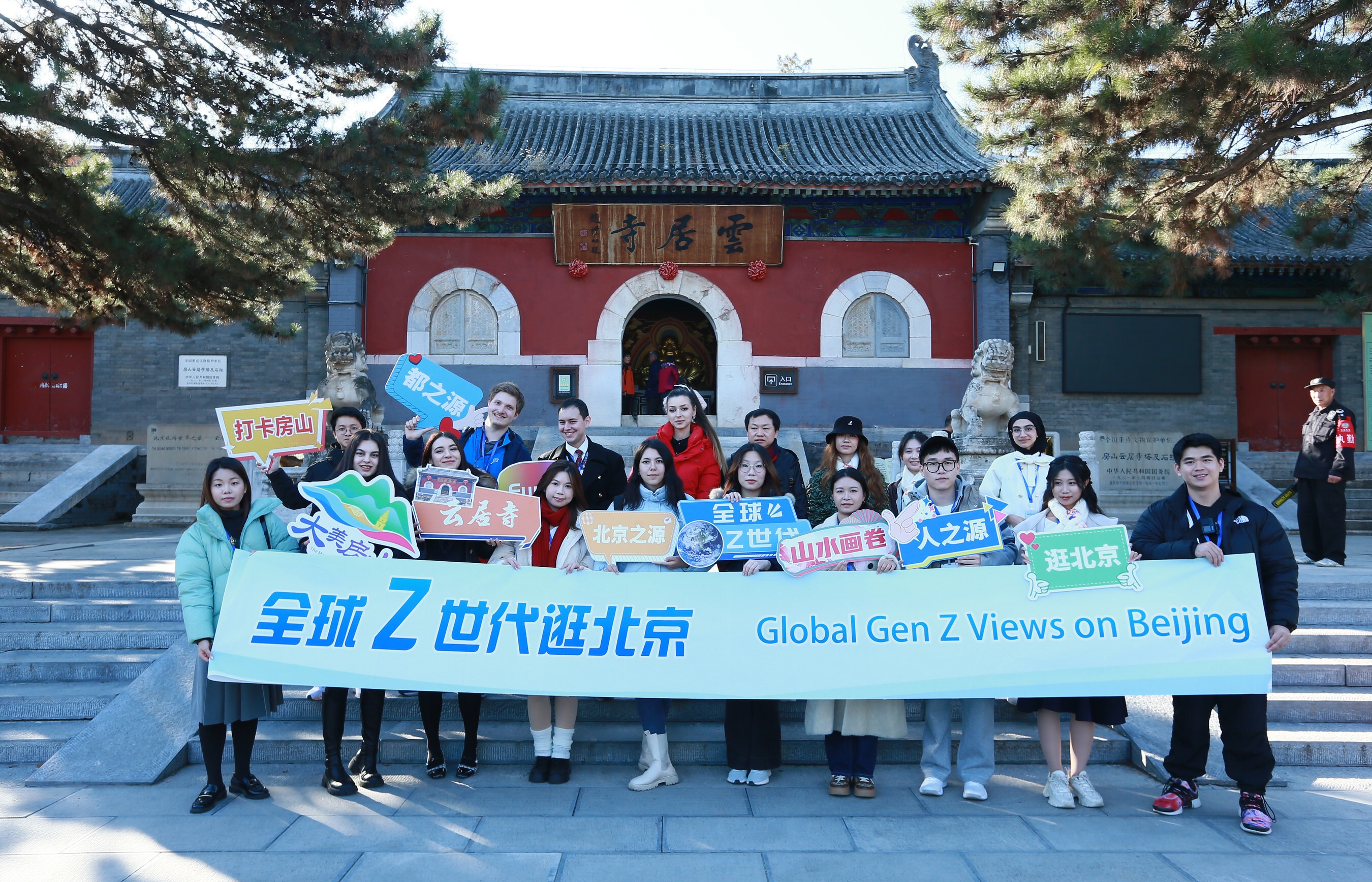


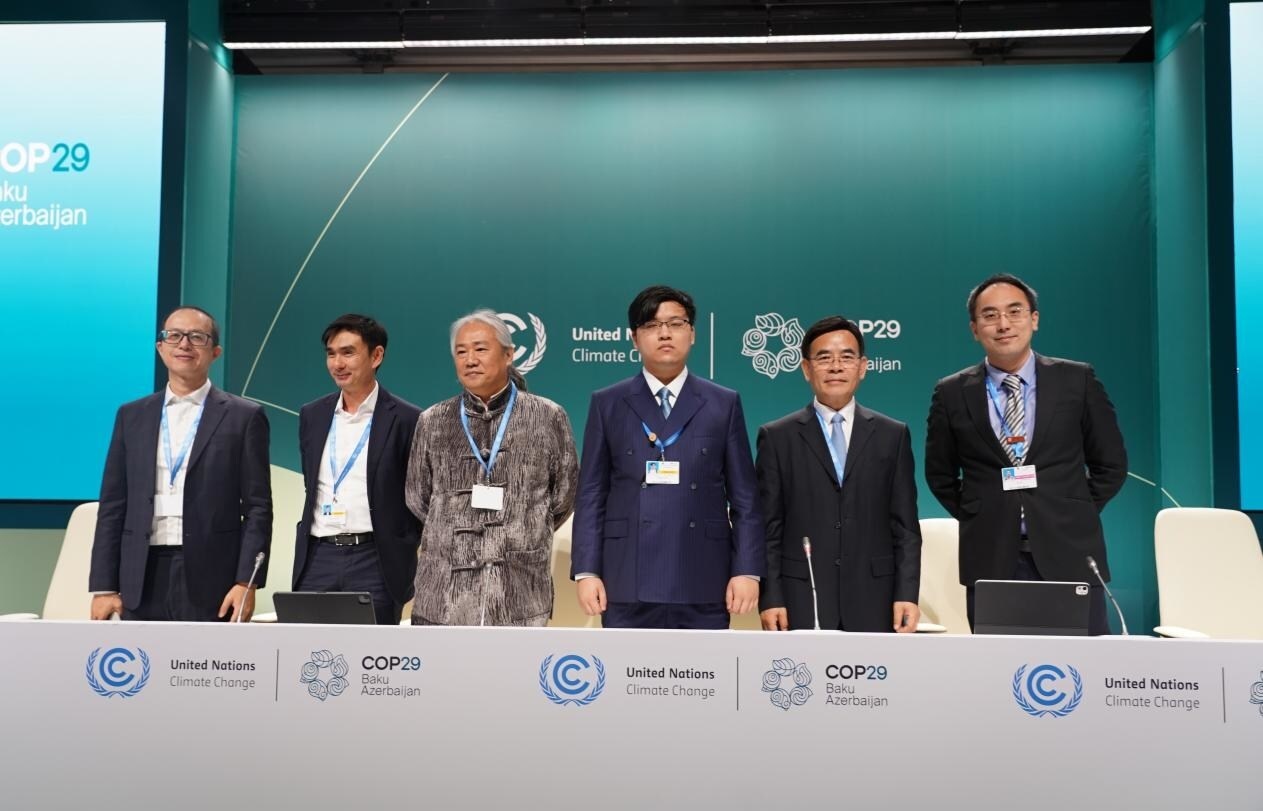
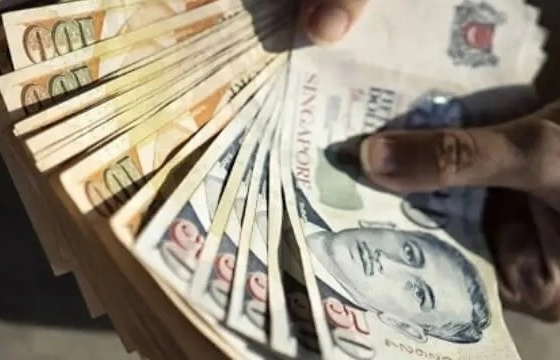
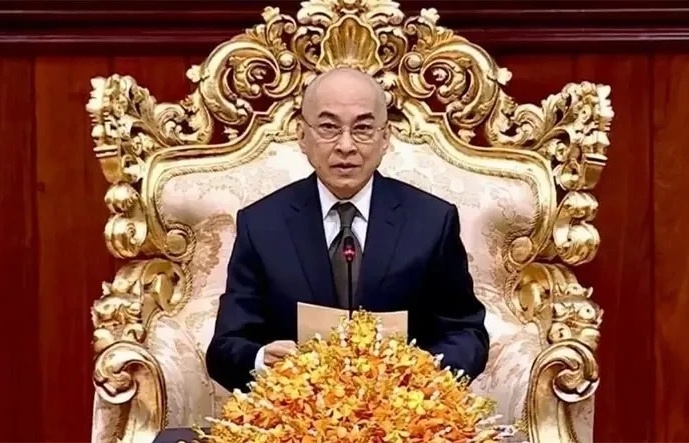
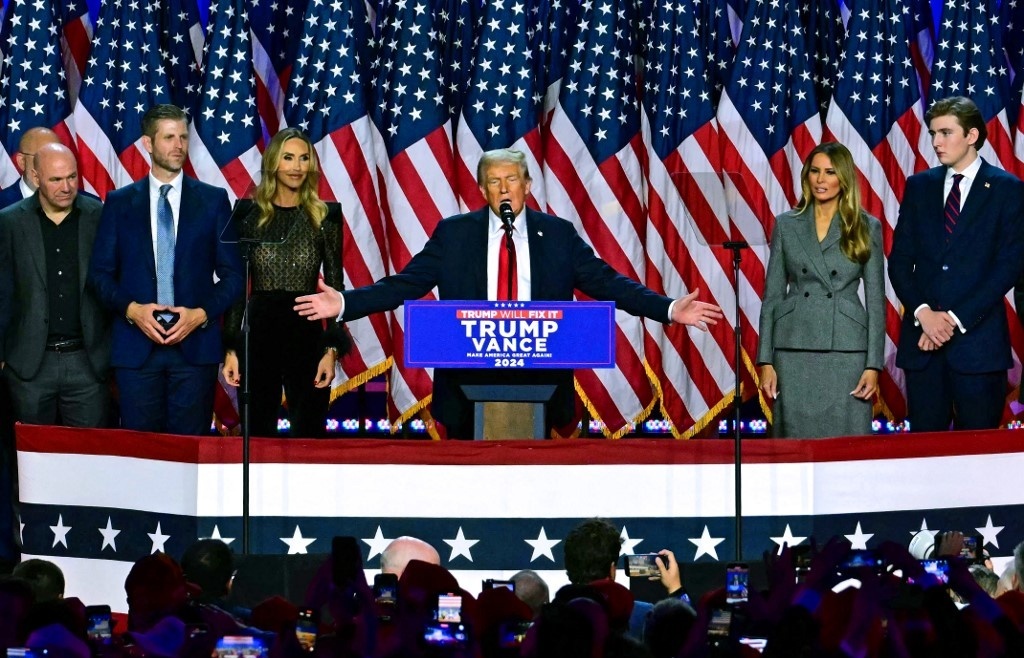
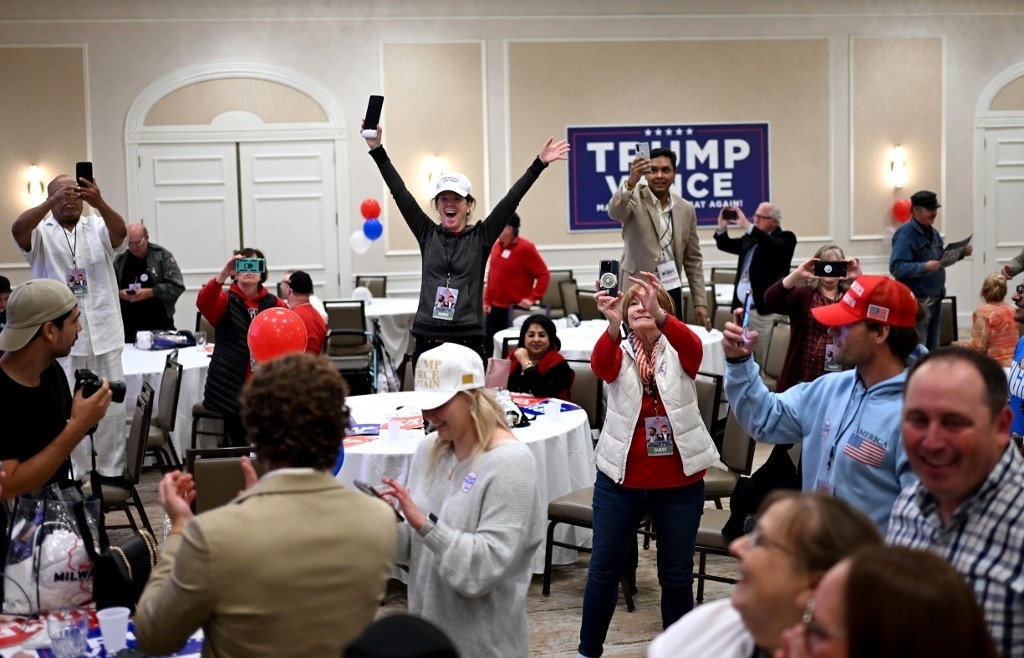
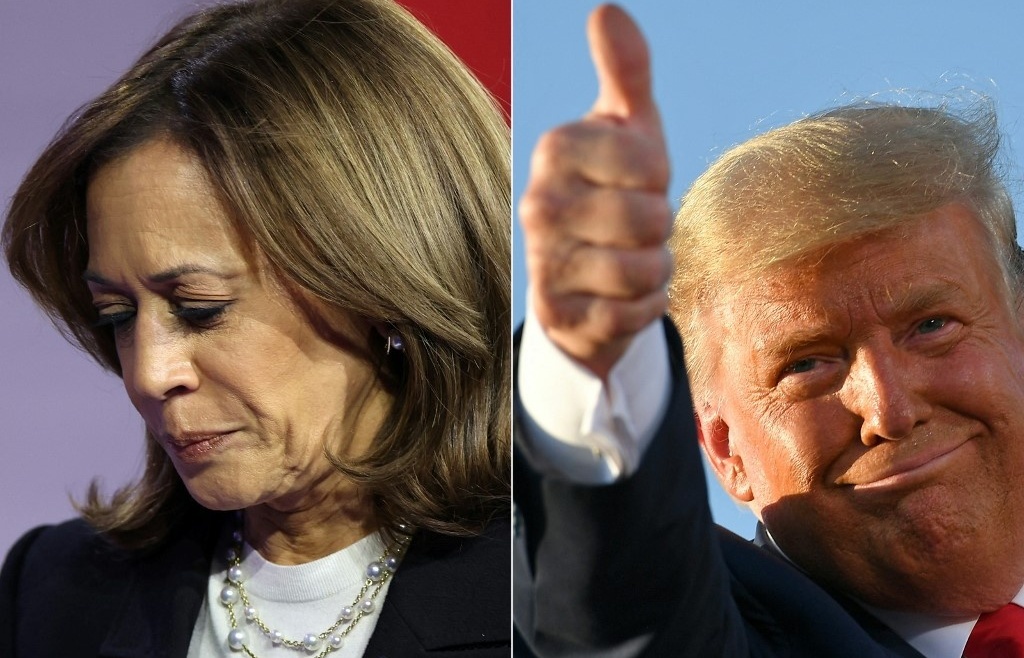
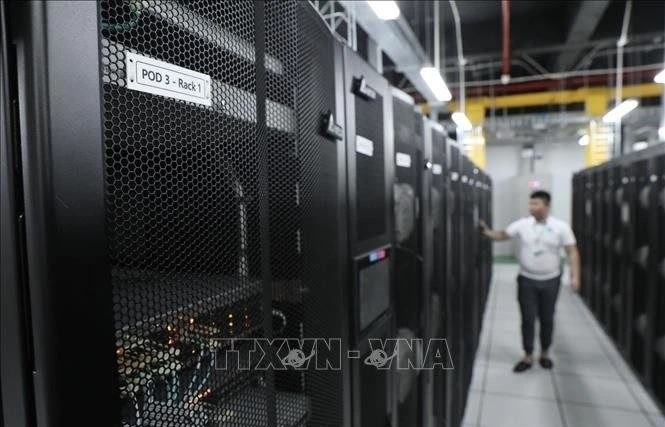





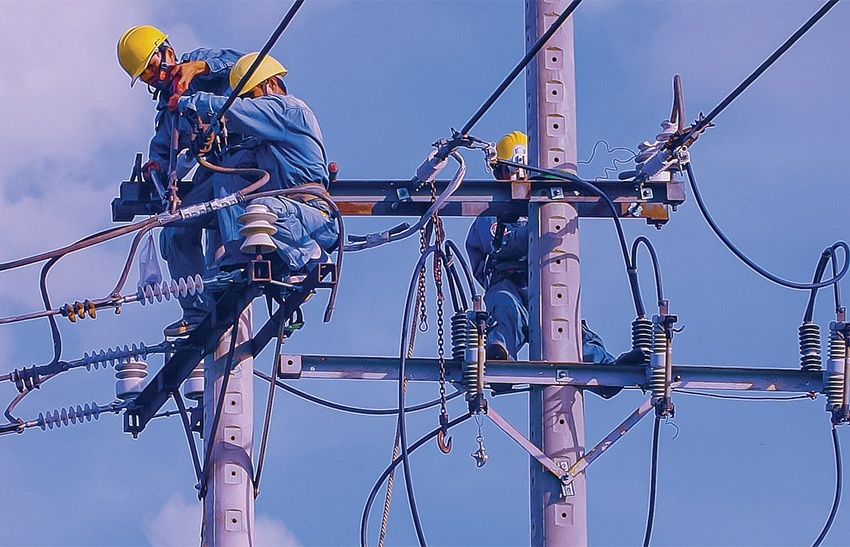



 Mobile Version
Mobile Version